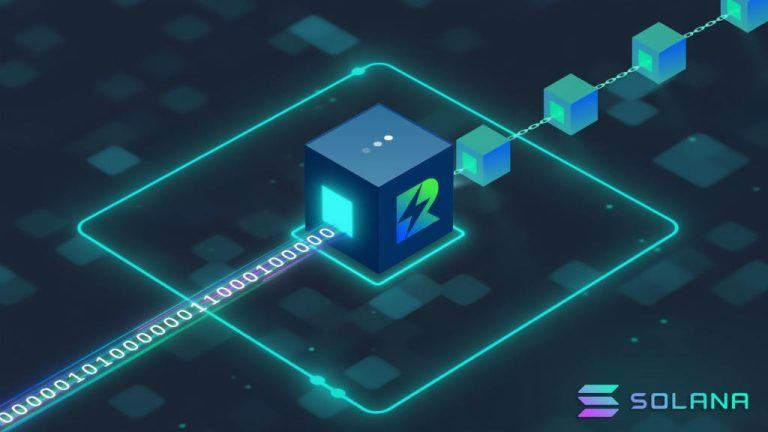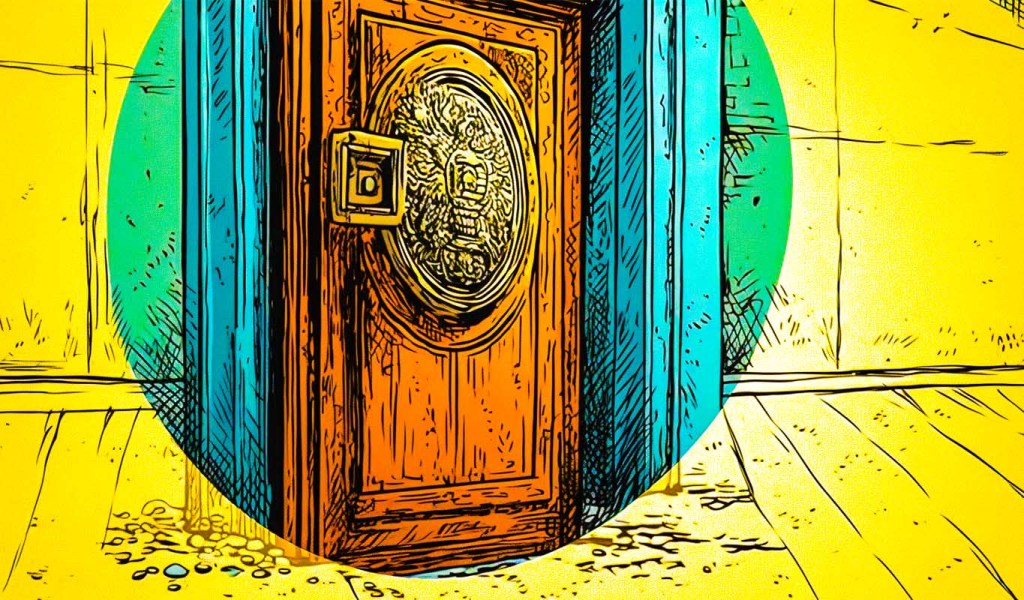
Frax’s shift to a fully backed stablecoin signals the end of DeFi’s algorithmic experiment

The sun sets on algorithmic stablecoins as Frax shifts to a fully-backed model.
The Frax community recently approved a proposal to make its FEI stablecoin fully backed by USD equivalents, rather than maintaining a partially backed and semi algorithmic stablecoin. With Frax’s decision, the days of experimentation with algorithmic stablecoins could finally be behind us.
The decentralized stablecoin space has only proved effective with ETH, USDC and BTC backed stablecoins. The failure of algorithmic stablecoins (like UST) and depegging of overleveraged stablecoins (like MIM) has become one of the primary reasons for loss of confidence in decentralized stablecoins.
The decentralized stablecoin space is still tiny
Decentralized stablecoins account for 5.5% of the total stablecoin supply. MarkerDAO’s DAI commands the lion’s share of this with 71% dominance. The transfer volumes of decentralized stablecoins are largely dominated in DAI and have declined since Q3 2022, suggesting that activity across the sector is still inhibited.

During the bull run of 2021 and 2022, platforms like Abracadabra and Luna flourished due to higher yields, but when the market took a negative turn these stablecoins were some of the first to collapse. Luna’s UST stablecoin crashed in May 2022 after major withdrawals of the stablecoin disrupted its algorithmic mechanism.
Before its collapse, UST had become the third largest stablecoin with a larger supply than BUSD and only behind the USDT and USDC. However, the ripple effects of Luna’s collapse caused Abracabra’s MIM stablecoin to lose its peg due to widespread drop in prices of assets backing MIM. Liquidations piled across the platform with no buyers, leading frequent dips below the $1 peg level.
Only a few incumbents remain standing
MakerDAO’s DAI stablecoin is the longest-standing decentralized alternative, with a significant market share. While DAI’s design promoted decentralization, the token became a victim of centralization, with more than 50% of assets backing DAI composed of Circle’s USDC.
The MakerDAO community has progressively taken steps to diversify the platform’s backing. In October 2022, the community voted to convert $500 million USDC to U.S. Treasury bonds.
Recently, MarkerDAO and the decentralized stablecoin space received another blow after court ruling in England forced the platform to include an option to seize assets from a user. It creates a considerable regulatory risk for platforms using and launching decentralized stablecoins.
Besides MakerDAO, Liquity has earned a decent reputation in DeFi as a purely ETH-backed stablecoin platform. Liquity is censorship resistance as it only provides smart contracts on Ethereum, which are not managed by administrators. The total supply of LUSD is 230 million, with LQTY as the utility token of the platform.
The project’s native token, LQTY, doubled in price after its Binance listing on Feb. 28, 2023. There was alleged insider trading activity behind the price surge reported by anonymous on-chain analytics portal An Ape’s Prologue. Still, the token’s low issuance rate and real yield in protocol fees could give it a lot of advantages over governance-only tokens like Uniswap’s UNI token.
Stablecoin platforms building liquidity and trust over time
Frax’s decision to migrate away from a partially algorithmic design to a fully backed stablecoin could see a rise in demand for FEI. Moreover, Frax is a significant holder of Curve’s CRV and Convex Finance’s CVX token, enabling the DAO to incentivize liquidity provision on Curve. This is notable because adequate liquidity is one of the first requirements for a stablecoin’s success.
Related: Stablecoin adoption could lead to DeFi growth, says Aave founder
Currently, crypto market volatility discourages many users from minting crypto-collateralized stablecoins. The lack of trust in decentralized stablecoins and the long-standing permeability of centralized stablecoins across numerous exchanges makes it harder for decentralized alternatives to gain market share.
Still, the long-term market opportunity for decentralized stablecoins is significant. Over time, decreased volatility and regulatory clarity around cryptocurrencies will likely increase the demand for crypto-backed stablecoins.
The views, thoughts and opinions expressed here are the authors’ alone and do not necessarily reflect or represent the views and opinions of Cointelegraph.
This article does not contain investment advice or recommendations. Every investment and trading move involves risk, and readers should conduct their own research when making a decision.
Go to Source
Author: Nivesh Rustgi









